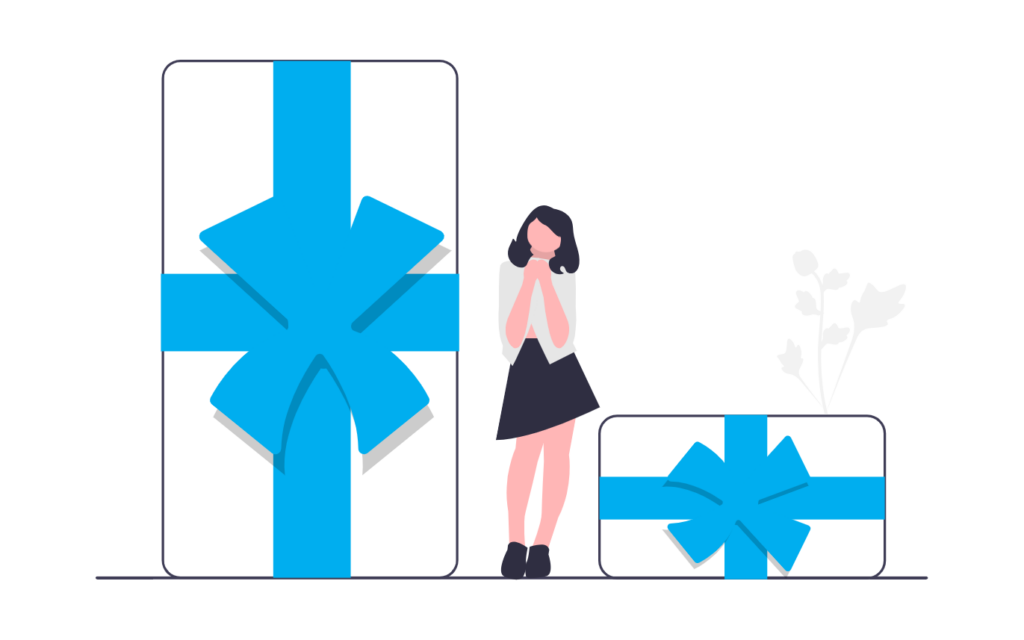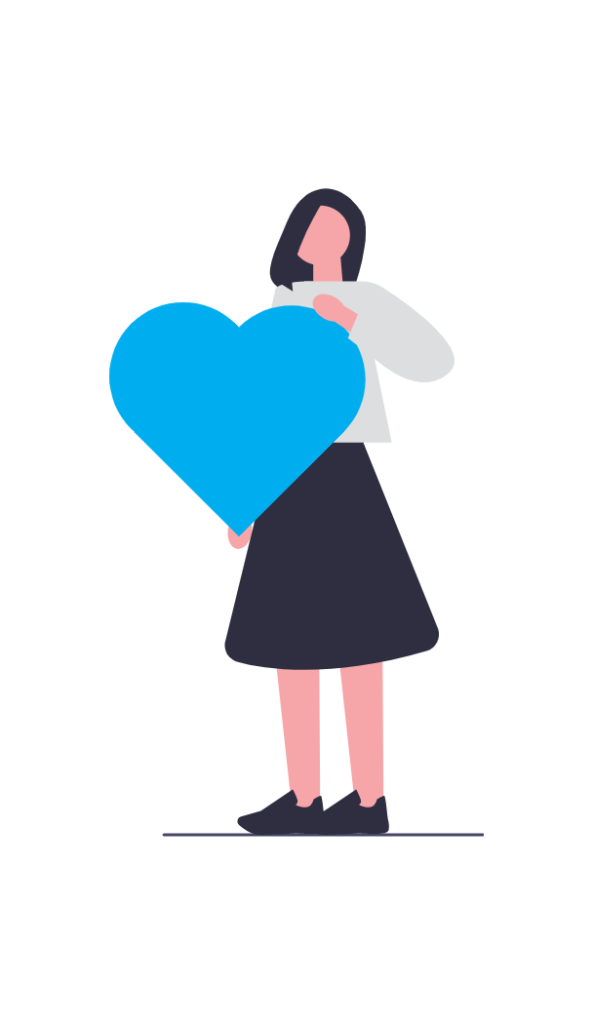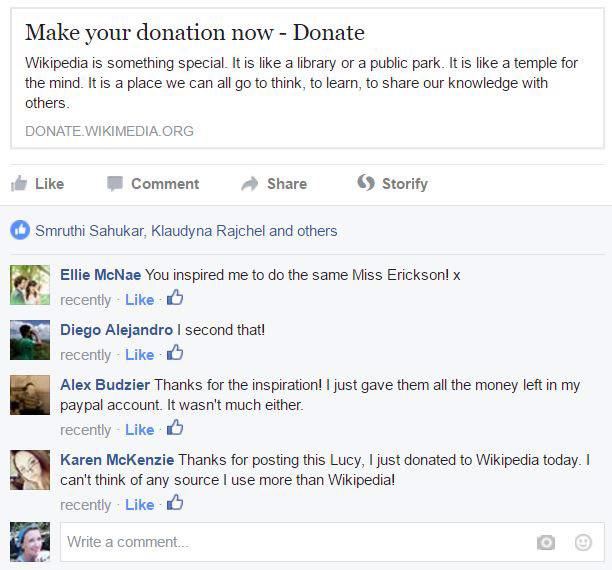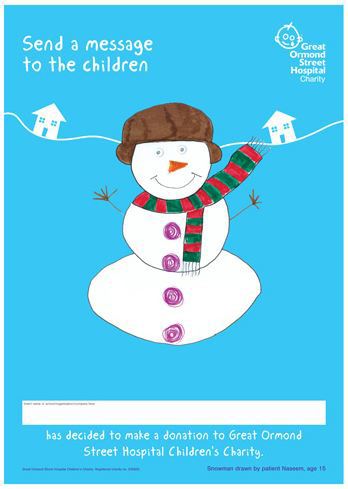
Marketing and fundraising for a nonprofit organization can feel overwhelming. Unlike for-profit businesses, charities often operate on tight budgets and rely on donors, volunteers, and community support. However, when it comes to marketing, charities and businesses aren’t as different as they seem. They both compete for attention in the same digital space, and they both need strategic marketing to be successful.
To help you build an effective marketing and fundraising strategy, we’ll cover three key areas: common charity marketing mistakes, actionable digital marketing strategies, and the power of a simple thank-you message in donor retention. Whether you’re planning a fundraising event, improving donor engagement, or optimizing your digital marketing strategies, these insights will help you maximize your impact.
Avoid These Common Charity Marketing Mistakes
Many nonprofit organizations fall into common traps that prevent them from reaching their full potential. Here are four key mistakes to avoid:
1. Focusing Solely on Donations
Fundraising is crucial, but measuring success only by donations can limit your growth. What other outcomes are valuable to your organization?
For example, if your campaign’s goal is to raise awareness or gain petition signatures, success should be measured by engagement rather than just monetary contributions. Establishing clear campaign objectives and key performance indicators (KPIs) will help you develop a well-rounded fundraising marketing strategy.
2. Not Tracking Effectively
If you’re not properly tracking your marketing efforts, you’re missing opportunities to optimize your approach. Use marketing tools like Google Analytics, Google Tag Manager, and Facebook Pixel to understand your audience. Analyzing website traffic, social media engagement, and conversion rates will help you make data-driven decisions to improve your marketing campaign.
3. Overlooking Google Ad Grants
Did you know that eligible nonprofits can receive up to $10,000 per month in free Google Ads through Google Ad Grants? Many charities either don’t use this resource or struggle to spend the full amount due to restrictions. A fundraising marketing agency can help you navigate these rules and maximize this free advertising budget to target potential donors and raise funds more effectively.
If your NPO has a charitable tax number you can apply for a Google Grant to receive the equivalent of $329 USD per day in advertising credit for Google Ads – worth more than $120,000 a year.
4. Failing to Secure Your Website
A “Not Secure” warning on your website is a quick way to lose trust. If you collect any personal information—even if it’s just an email for a newsletter—you must ensure your website uses HTTPS encryption. This step not only protects your visitors but also improves your search rankings and credibility.

Four Marketing Strategies Charities Can Use to Drive Impact
While the nonprofit sector is different from the corporate world, many effective marketing strategies can be adapted for charities. Here are four techniques to help you build a successful marketing and fundraising strategy:
1. Measure ROI for More Than Just Donations
Return on investment (ROI) is not just about revenue—it’s about impact. A well-executed marketing campaign should lead to increased engagement, volunteer sign-ups, and overall growth in donor support. Tracking these metrics helps you determine which marketing efforts are worth your time and budget.
2. Establish Goal Values
Not all nonprofit goals are financial, so how do you measure their value? One way is to assign a dollar amount to key non-monetary goals. For example, if a volunteer contributes 20 hours of work, how much would that cost in paid labor? Establishing goal values helps justify marketing expenses and evaluate success.
3. Understand and Use Donor Personas
Just as businesses use customer personas to define their target audience, charities should create donor personas. Who are your supporters? What motivates them? Where do they spend their time online? If you’re trying to engage younger donors, for example, social media marketing on TikTok or Instagram may be more effective than email campaigns. Tailoring your approach to different demographics will increase engagement and donations.
4. Leverage Your Mission for Marketing
Storytelling is one of the most powerful marketing tools for nonprofits. Unlike for-profit businesses, charities have a built-in advantage: a compelling mission. Effective marketing should highlight your cause through storytelling—videos, testimonials, and real-life impact stories—to emotionally connect with your audience and inspire action.
Some of the best charity marketing campaigns focus on their mission, not just donations. Take inspiration from brands like TOMS, which built an entire business model around giving back. Your charity’s mission is its greatest asset—use it to spread the word and drive engagement.
The Power of Saying ‘Thank You’
A simple “thank you” can dramatically improve donor retention and fundraising efforts. Yet, almost half of charities fail to send personalized thank-you messages. Here’s why a great thank-you email matters:
1. Increases Donor Retention
Research shows that nonprofits lose almost as many donors as they gain each year. A genuine thank-you message can help reverse this trend. According to the Burk Donor Survey, donors who receive prompt and meaningful thank-you messages are more likely to give again—and give more generously.
2. Boosts Engagement and Donations
A well-crafted thank-you email isn’t just polite—it can inspire further action. For example, a personalized email from the Wikimedia Foundation thanked donors by explaining how their contributions impact real people worldwide. This email was so effective that it led to additional donations from those who shared it online.
3. Makes Your Organization Stand Out
Donors want to feel valued. A heartfelt thank-you message—especially one with a personal touch, such as artwork from beneficiaries or updates on how funds were used—sets your organization apart and fosters long-term relationships with supporters.
Leveraging Digital Marketing and Automation
Incorporating charity digital marketing tools can help streamline and personalize donor engagement. Automated text messaging campaigns and email sequences ensure that every donor receives a timely and meaningful thank-you. Additionally, optimizing your landing pages for online donations can make the giving process seamless and encourage repeat contributions.
A charity marketing agency can help nonprofits implement these strategies effectively, from optimizing ads to setting up automated donor communication tools. Investing in the right digital tools ensures your nonprofit remains competitive in today’s fast-paced online environment.
Here is a personal story from Lucy Erickson:
This is an excerpt from the best Thank You email I’ve ever received (and I only gave five bucks!)
Dear Lucy,
Thank you for donating to the Wikimedia Foundation. You are wonderful!
You should know: your donation isn’t just covering your own costs. The average donor is paying for his or her own use of Wikipedia, plus the costs of hundreds of other people. Your donation keeps Wikipedia available for an ambitious kid in Bangalore who’s teaching herself computer programming. A middle-aged homemaker in Vienna who’s just been diagnosed with Parkinson’s disease. A novelist researching 1850s Britain. A 10-year-old in San Salvador who’s just discovered Carl Sagan. On behalf of those people, and the half-billion other readers of Wikipedia and its sister sites and projects, I thank you for joining us in our effort to make the sum of all human knowledge available for everyone. Your donation makes the world a better place. Thank you.
I loved it so much I posted it on Facebook, and guess what? 4 more people donated!

That thank-you email probably increased the value of my tiny donation by 500%. Nice one, Wikipedia!
The Great Ormond Street Hospital Children’s Charity in the UK is really good at this. Their thank you letters are often prints of drawings done by the kids in the hospital, and they’ll generally include some way to keep donors engaged.

Image from the Great Ormond Street Hospital Children’s Charity, drawn by patient Naseem, age 15.
Conclusion
A strong charity marketing strategy isn’t just about raising funds—it’s about building relationships, raising awareness, and creating long-term impact. Avoiding common mistakes, implementing effective digital marketing strategies, and sending meaningful thank-you messages can make all the difference in your fundraising efforts.
Need help optimizing your digital marketing for charities? A charity marketing agency can provide expertise in SEO, social media platforms, and donor engagement strategies to maximize your impact. Don’t leave money on the table—start improving your nonprofit’s marketing efforts today with Bluetrain!